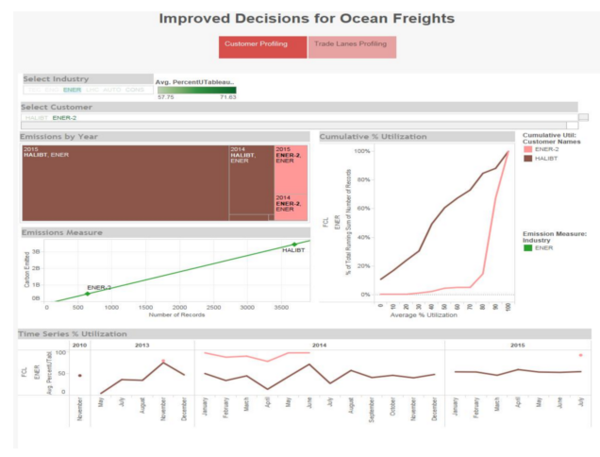Difference between revisions of "Group14 Project Overview"
Gaurib.2013 (talk | contribs) |
Gaurib.2013 (talk | contribs) |
||
| Line 34: | Line 34: | ||
==<div id="mw-content-text" lang="en-GB" dir="ltr" class="mw-content-ltr"><div style="background: #6FB1D0; padding: 10px; font-weight: bold; line-height: 1em; text-indent: 15px; border-left: #6A8295 solid 15px; font-size: 20px; font-family:DIN Alternate"><font color="white">Project Motivation & Problem Statement</font></div>== | ==<div id="mw-content-text" lang="en-GB" dir="ltr" class="mw-content-ltr"><div style="background: #6FB1D0; padding: 10px; font-weight: bold; line-height: 1em; text-indent: 15px; border-left: #6A8295 solid 15px; font-size: 20px; font-family:DIN Alternate"><font color="white">Project Motivation & Problem Statement</font></div>== | ||
<div style="border-left: #96C0CE solid 8px;font-family: Avenir; padding: 0px 30px 0px 18px; "> | <div style="border-left: #96C0CE solid 8px;font-family: Avenir; padding: 0px 30px 0px 18px; "> | ||
| − | + | Overall, the aim of the project is to develop a geospatial dashboard that would facilitate the ABC retail’s evaluation of their current and different potential outlet siting locations through better prediction of the catchment and number of customers it can potentially attract. | |
| + | <br> | ||
| + | Therefore in order to start our project, our team thought best to first understand the dynamics of the different outlets for ABC retail to find the proper motivation for the project. Our team decided to understand the public demand for outlets better by looking at the geographic distribution of customers (i.e. where they come from) for each of the outlets. Our initial hypothesis was that most of the customers of a particular outlet would be residents within the immediate neighbourhoods of the outlet. In order to validate this hypothesis, a dashboard was constructed on Tableau to reflect the geographic view of the outlets location and the respective customer distribution according to subzones. | ||
| + | <br> | ||
| − | + | [[Image:Dashboard1.PNG|600px|center|Dashboard]] | |
| − | |||
| − | |||
| − | |||
</div> | </div> | ||
Revision as of 21:27, 23 April 2017
Project Motivation & Problem Statement
Overall, the aim of the project is to develop a geospatial dashboard that would facilitate the ABC retail’s evaluation of their current and different potential outlet siting locations through better prediction of the catchment and number of customers it can potentially attract.
Therefore in order to start our project, our team thought best to first understand the dynamics of the different outlets for ABC retail to find the proper motivation for the project. Our team decided to understand the public demand for outlets better by looking at the geographic distribution of customers (i.e. where they come from) for each of the outlets. Our initial hypothesis was that most of the customers of a particular outlet would be residents within the immediate neighbourhoods of the outlet. In order to validate this hypothesis, a dashboard was constructed on Tableau to reflect the geographic view of the outlets location and the respective customer distribution according to subzones.
Project Objective
Develop a geospatial dashboard that would facilitate the NLB’s evaluation of different potential library siting locations through better prediction of the catchment and number of patrons it can potentially attract.
Assess earlier models which have been used to evaluate the attractiveness of libraries and refine them in order to increase the accuracy and reliability of results.

